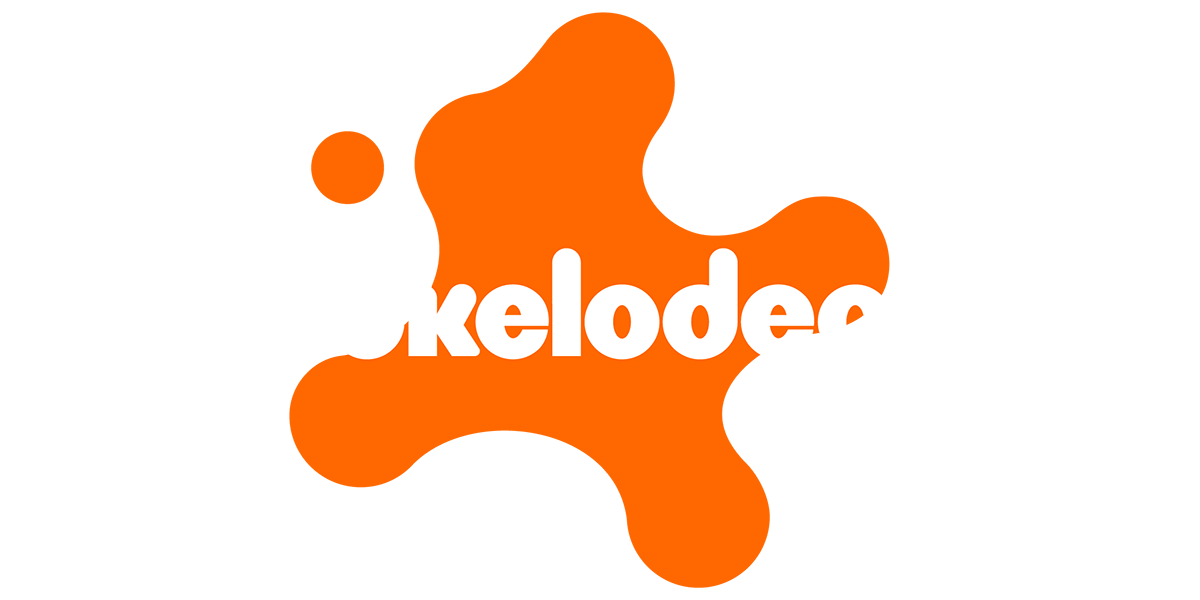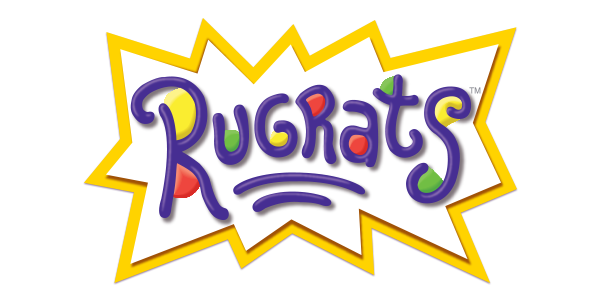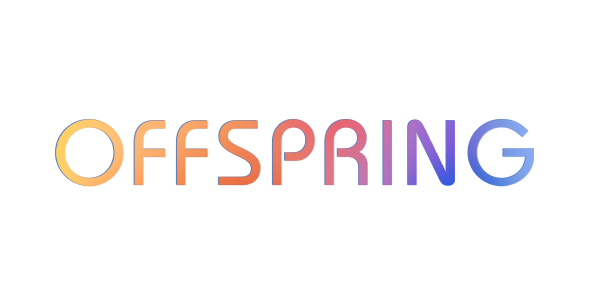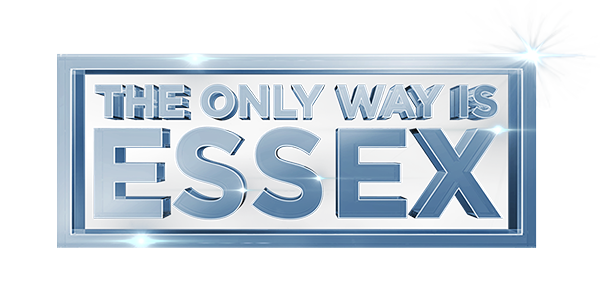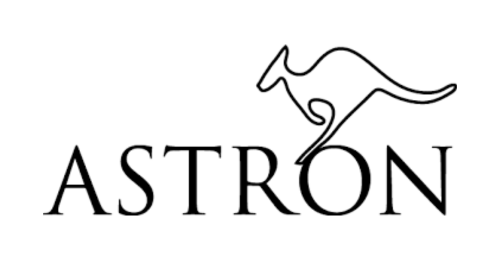The Donald Rare Earth and Mineral Sands Project is in the Wimmera area of Victoria, near the township of Minyip, ~50 kilometres from the regional centre of Horsham. The project will produce a range of critical minerals, essential to the application of renewable technologies, as well as mineral sands products (including zircon and ilmenite), used in a range of industrial and consumer applications. The deposits were discovered in the 1970s by Conzinc Riotinto of Australia (CRA), currently Rio Tinto, and the appropriate development pathway has been under evaluation by Astron Corporation (an ASX-listed company) over the last decade and a half. The operation involves mining and the concentrating of the rare earth elements and heavy minerals, with the sale of the two concentrate streams to final product processors, to the United States and across the globe. The operation will involve progressive rehabilitation of land disturbed by mining back to the original landform and uses.
The Donald project is one of the largest, long-life sources of critical minerals and forms a part of the Commonwealth Government’s critical minerals strategy. The project is a joint venture between Astron and the United States critical minerals company, Energy Fuels Inc.
Mining generally is a key component of the Australian economy and a contributor to the country’s gross domestic product. It can be expected that critical minerals, of which Astron’s Donald Project is a major component, will provide the next generation of value-adding minerals development, crucial to the transition to a low carbon future and replace, or at least supplement, Australia’s historical reliance on iron ore, coal, oil and natural gas. As such, I view the Donald Project as being part of the next generation of minerals development in our country.
The Directors of Astron are conscious that the project is of a multi-generational nature. It can be expected that multiple generations of families may be employed by the company, and, at the least, the project will be a participant in the economic affairs of the region for an extended period. This, in my view, entails additional responsibilities and great opportunities for community engagement and partnership opportunities.
As with any form of mining, by its nature the Donald Project will be finite in its operation. I – as managing director of Astron and my senior management and operational personnel – will have a focus on the project contributing to the acquisition of skills and development of local resources which can be enduring and transferable to other forms of employment or business activity. As such, some programmes can be expected to target either skills acquisition or support for initiatives that are related to areas outside of mining, such as agricultural production or the support of local industries in the region.
There is an immense opportunity, in my view, to work with the local councils, community organisations and other groups, to enable the Donald Project to play its part in regional planning initiatives, beyond the provision of financial support to local institutions that enhance the lifestyle and services of the region.
1. What are the key benefits you see this project bringing to the local community?The project can be expected to provide the local community with a range of benefits, including:
• The creation of around 150 full-time equivalent jobs during the operational phase and more than a forecast further 500 indirect roles in the region over the project’s life. From experience with other mineral sands operations in regional areas of Victoria, New South Wales and Western Australia, it can be expected that a large proportion of the workforce will be able to be drawn from the region, including people working on the land seeking supplementary opportunities.
• As the project is a long-life operation (over 40 years), the operation’s presence can be expected to contribute to material economic benefits to the region (and the State), with associated regional benefits in terms of improved infrastructure, contributions to local businesses and suppliers and direct company support for community services.
• A study conducted by Deloitte estimated that the Donald Project will contribute to an annual increase in value of $205 million in the Gross Regional Project. This represents a significant economic contribution to a regional area (1.7% above base case).
• The company responsible for the development and operation, Donald Project Pty Ltd (DMS) plans to implement a Community Benefits Program in collaboration with the local community to identify programs of benefit to the local community that can be supported financially and through training and in-kind support, designed to provide lasting community benefits. The scope of this program is to be determined but may include scholarships, support for regional events and organisations and institutions.
• The Donald Project’s employment policies will be designed to facilitate the establishment of an inclusive workforce and provide appropriate skills training, with plans to partner with regional and State-based institutions, to contribute to building the skills base in the area of the project’s operation.
2. What are the long-lasting benefits to the local area this project can bring?
As indicated in the response to the previous question, The Donald Project as a long-term participant in the region is in a unique position to ensure long-term, sustainable benefits to the region and local communities through both financial and non-financial means (employment, workforce skills training, a procurement policy which, wherever, possible favours local suppliers, as well as the Benefits Sharing Program). It also represents a potential to diversify the region’s economy – to supplement farming which has been the regions’ focus, but susceptible to extended periods of drought. As part of the company’s operations, there can be expected to be other direct and enduring benefits related to improvements in local infrastructure, including roads, intersections and signage.
3. How important are projects like this to Australia’s future? (namely being a leader in rare earth mineral exports and also renewables as so much of these materials are used in new technologies as we push to net zero)
The Australian Government has designated certain minerals as being critical due to their essential role in modern technology (including for green and lower CO2 emission and energy storage technologies), production of a range of goods integral to economic activity and national security. The Donald project will produce zircon, titanium dioxide products (including ilmenite) and rare earths. All of these minerals are listed as critical for Australia. These minerals are in high demand and can be susceptible to supply chain disruptions. Further, the Donald project aligns with the Commonwealth Government’s Critical Minerals Strategy through partnering with US-based mining company, Energy Fuels Inc., where rare earths from the Wimmera will be processed in Utah, United States. This western value chain is anticipated to represent an source of auditable, ethical supply for auto-manufacturers, defence and technology companies, who are currently relying on existing Chinese supply chains.
Australia has significant reserves of rare earth and mineral sands, making the country a key participant in the global supply chain and important for Australia’s self-sufficiency in such minerals. The Donald project represents the world’s largest new source of zircon supply and the fourth largest, rare earth deposit outside of China.
4. How is DMS addressing local community concerns throughout this process?Landowner, community, State Government, regional government, as well as local business and advocacy and interest group engagement related to the project began in 2005. This was undertaken in accordance with the requirements to progressively obtain both Commonwealth and State Government approvals for the project.
Extensive community consultation formed part of the preparation of an Environmental Effects Statement (EES), which was approved in 2008, with some aspects subsequently updated. Both formal feedback, as well as information gained from informal community and interest group engagement, has informed and influenced project work strategies and work plans.
A Community Reference Group (CRG) for the project is in operation, which has community and other local representation. This group informs consultation and acts as a direct interface with company employees.
Given an extended evaluation and approvals stage for the project, and the recent advancement of the project to a stage where a development commitment is likely, the company and its personnel have reinstituted a series of meetings with landowners, the community and local organisations. In this regard, community information sessions in Minyip and surrounding areas are planned over the coming months.
5. The local landowners and farmers have expressed concerns that once DMS excavates he soil, the unique clay soil structure cannot be put back in original condition and rehabilitation could take decades of restorative work – what evidence can you provide to reassure farmers that rehabilitation can be done in a timely way and brings the soil back to original productivity levels?
As context, the mineral sands industry in Australia has a long history (dating back to the 1950s) of restoring and rehabilitating areas affected by mining. The capabilities and technologies applied in this area have continued to evolve and involve specialist technical capabilities in the earth and natural sciences, as well as satellite tracking of agricultural land restored to farming to monitor production levels, soil retention and other attributes. Rehabilitation activities have been successfully conducted to return land disturbed by mining to a range of original land use forms, from native vegetation through to pastoral or agricultural land use patterns. Many examples of this can be provided if required. The nature of mineral sands mining facilitates high quality restoration and rehabilitation outcomes, associated with several factors:
• Mineral sands (and rare earth) mining is relatively shallow, typically does not involve blasting and is dealing generally with ‘free flowing’ soil characteristics. It is relatively ‘low impact’ mining and is not associated with deep excavation or large voids being left after mining.
• Mining is amenable to progressive rehabilitation – as a mining area is opened and the mining progresses (typically along a strand or aerial ore body), the ‘open’ area can be ‘closed’ by returning overburden and the topsoil (which are stored separately) to allow the land to be restored to its original landform (or can be contoured to a landowner’s requirements, if required) and use. This mining and rehabilitation technique is referred to as a ‘moving hole’ technique.
• The mining pathway can take account of any areas of environmental sensitivity. Rehabilitation planning can also involve the collection of seeds or plants (which are held in nurseries) for use in the rehabilitation process, or use of offset areas.
Through detailed planning and test work (Astron has excavated and rehabilitated test pits, which now host productive agricultural crops) and adherence to stringent protocols for the restoration areas excavated, including the underlying substrate, the company is confident it can reinstate the soil to a condition that closely resembles its original state. Working closely with landowners is an integral part of this process, in the company’s view. As such, areas for mining will be returned to the original land-use after mining and period of monitoring the results of the rehabilitation activities.
6. What steps will be taken to ensure no residual material remains and is absorbed into future crops?
The Donald Project will be conducted in accordance with a comprehensive Mine Rehabilitation Plan to ensure the land mined or where processing facilities are located is left in a safe, stable and sustainable condition. Topsoil and the substrate excavated are stored separately and returned to the mining void as part of the rehabilitation process.
Quite apart from the company’s intent to operate to the highest environmental standards, rehabilitation represents a legal obligation for the holder of a mining licence. Mine closure plans define how environmental, social and geotechnical risks are managed and mitigated, including public health and safety, and define a formal framework for the handing back of land used for mining to previous usage patterns, which can involve subsequent ongoing reviews of land conditions many years after mining has ceased.
Monitoring continues for years, and a financial bond posted by the holder of a Mining Licence is not returned until obligations are fulfilled to the satisfaction of the appropriate regulatory authorities.
7. Is there a budget for this rehabilitation? …what happens if you exceed this?
Astron and its operating company, Donald Project Pty Ltd, are legally obliged to rehabilitate the project area to defined standards and to make provisions out of cash flow, recorded on the company’s balance sheet, for rehabilitation activities. The company will also be required to make payment of rehabilitation bonds to ensure it meets rehabilitation obligations.
8. What steps will be taken to ensure the stockpiles of mineral sands and rare earth will not be blown away the district on even the windiest of days and dryest conditions?
Management of a range of environmental matters, including dust management and suppression (as well as water management, noise, light, vehicular movement and so on) are part of a formal mine management plan that the company will comply with. Reporting on such matters occurs to the regulatory authorities, (and can be subject to audit) and will represent part of management reporting to the Board of Directors on environmental management performance relative to a range of criteria, with any breaches or community complaints subject to investigation.
As indicated in response to Question 5, the progressive nature of mining and rehabilitation reduces the area which is ‘open’ at any one time. Nonetheless, given the weather conditions in the Wimmera, dust management suppressions measures will be important, and can be expected to include:
• Ore extraction will be associated with water suppression to minimise the spread of dust.
• Ore and tailings: the material remaining after the ore concentration will be transported on site as wet slurry and stored in a purpose-built shed at the mine site to minimise the spread of dust.
• Products produced will be transported from the project areas as moist concentrate, in sealed containers to mitigate the spread of dust.
9. There are claims that when DMS formed the Community Reference Group it was by invitation only and DMS individually approached people. If this is true, what was the criteria used when selecting individuals? Were they all within the MIN5532 area? Why was this process not opened up to all landholders?
In June 2022, the Donald Project established the Community Reference Group (CRG). Membership comprised twenty-five representatives drawn from the local community, local councils, business representatives, agency and interest group stakeholders and the company. The CRG aims to facilitate information exchange and provide an avenue for community members to raise project-related issues during the project planning and approval stages. The CRG operates in an advisory capacity and does not have regulatory or directive powers in relation to the operation.
The local community members invited to be part of the CRG were selected to represent a cross-section of the community. In line with the CRG terms of reference, the group was formed to ensure direct local contact with a range of stakeholders and specifically for the group to (as provided in the regulatory requirements):
(i) act as a conduit to provide feedback from the wider community;
(ii) provide an avenue to facilitate flow of information from The Donald Project back to stakeholders on all aspects of the project;
(iii) allow CRG members to raise any issues or opportunities in relation to the project and its potential environmental, social and economic impacts;
(iv) be involved in the community engagement process in relation to fairness, transparency and accountability, providing opportunities for inclusion, deliberation and influence.
The Community Reference Group is only one avenue by which the company engages with the community. The Company has maintained a presence in the local town of Minyip for over 18 years, and the office in Minyip has operated on an open doors policy, where anyone is welcome at any time.
As the project moves from a planning and approvals stage to a development and ultimately an operational phase, the company has and will continue to evolve the most effective means of ensuring community engagement on the project and means to communicate to stakeholders on project milestones, as well as ensure effective community feedback and complaints handling procedures. High quality resourcing of this area, as well as direct senior operational responsibility for community engagement, will form a core component of the development and operational phases of the project.
10. Could local community members and landholders not in the CRG attend these Community Reference Group meetings if they chose to over the last few years?
Community members and landholders are welcome to attend Community Reference Group meetings, with the event details publicised. Members of the community can also sign-up for project updates and attend community information sessions.
11. What community engagement did DMS/ASTRON undertake during the application process? Allowing locals/landholders to voice their support and objections to the following? (the DMS EES Statement 2008. MIN5532 2010 and RL2002, RL2003 was applied in 2012, approved 2014)
The Donald Project has a commitment to providing timely, relevant and substantive information regarding the project through all stages of its development. It is our view that the company and the project has met its requirements to provide the necessary information at the appropriate times to inform people interested in the project, including those wishing to submit an objection. This started in 2005 under the environmental assessment process, which is determined by The Environment Effects Act 1978. Improvements can always be made, and the company will be alert to such opportunities.
As context, in Victoria, objections to a project undergoing an environmental assessment process can be made during the public review and submission phase. The Environmental Effects Statement (EES) for the Donald Project was exhibited for six weeks, from 4 February to 14 March 2008. A total of thirty-four submissions were received. Seven submissions were received from government departments and agencies, three from local government, two from interest groups and twenty-two from individuals. Following a Directions Hearing on 14 May 2008, the public hearing of the Inquiry was held for five days between the 7th and 11th July 2008 in Minyip.
Engagement for the EES was undertaken as face-to-face and telephone interviews in 2006, focused on nine communities within a 50-kilometre radius of the proposed mine site, which included the townships of Banyena, Donald, Marnoo, Minyip, Murtoa, Rupanyup, St Arnaud, Stawell and Warracknabeal. Forty-eight face-to-face and telephone interviews were held with landowners (12), community members (28), and community organisations and government agencies (8).
Since this time, Astron has acquired: • Mining Licence 5532 Retention Licence 2002 • Retention Licence 2003
During the application process for each licence, DMS advertised the licence application in local and statewide newspapers in accordance with regulatory requirements. Each advertisement included details about the proposed work and how objections or comments could be submitted.
In accordance with the Mineral Resources (Sustainable Development) Act 1990, the public had twenty-one days from the date of the last advertisement to lodge objections or comments. The Victorian Earth Resources Regulator assessed the application, objections, and comments before making a recommendation to grant each of the above licences.
12. There have been claims that all comms with community via either Facebook, Newsletters, other media and through the engagement officer (est. 2022) were made years after the timeframe expired for any objections to the initial applications and were deliberately vague in nature when presented. How does DMS/Astron respond to these?
Please refer to the response to Question 11. Since EES approval in 2008, the Donald Project has engaged with stakeholders, offering regular updates and making its personnel available to answer questions and provide additional information upon request. Initiatives taken have included:
• The establishment of a site office in Minyip, which has offered an ‘open-door’ policy to visitors. • The establishment of a Community Reference Group, as discussed previously.
• Employment of a local-based Community Liaison Officer, who is available and makes regular presentations to community and local associations, as well as to regulatory agencies and councils.
• Bi-monthly newsletter updates, distributed by post, online and in local newspapers.
• The hosting of fortnightly coffee shops ‘drop-ins’ to speak about the project and any community areas of interest or concern. This is advertised locally and on Facebook.
• The senior management and Board of Directors have visited the site, Minyip, as well as Horsham and other local areas to meet with the shire council and local representatives and members of the community.
During June, Astron applied for an exploration licence that it had previously held. The licence application was advertised in national and regional newspapers in accordance with State Government guidelines. Feedback received from the community suggested that the company should have engaged in more extensive consultation regarding this application. Astron welcomes this feedback, as it does on its community engagement and communication activities generally. Our aim is to continue to improve our engagement with the community and other stakeholders. In the case of the exploration licence application process, Astron has provided the feedback it received to the relevant government agency, in the event this might contribute to some refinement in the governmental process for such applications.



